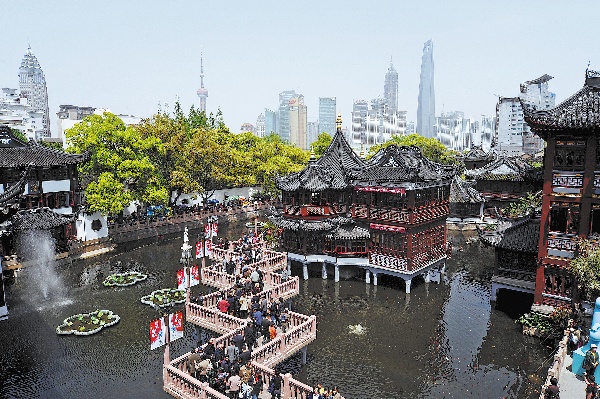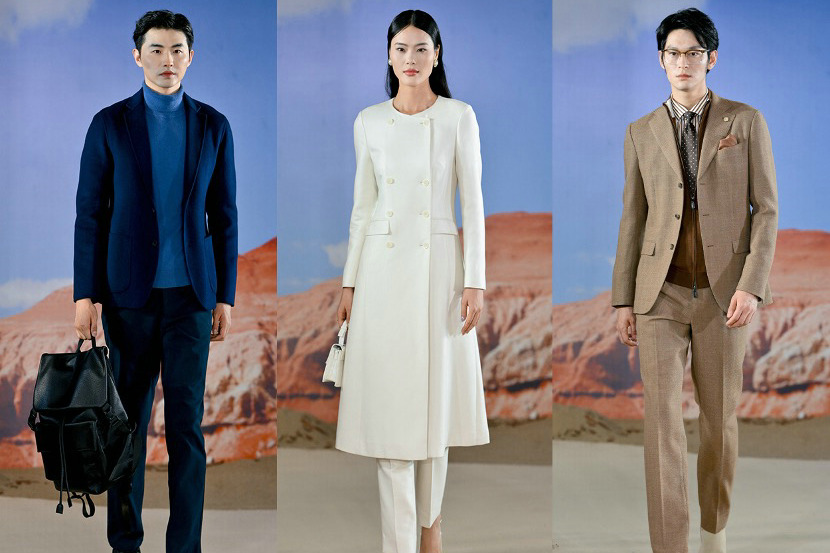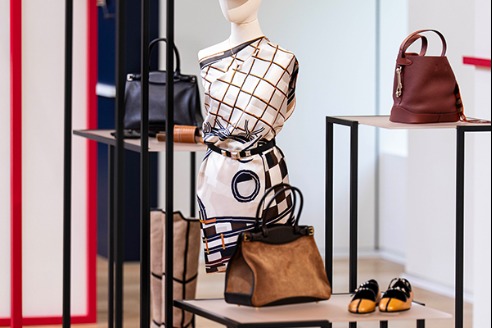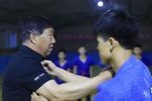A teahouse steeped with historic vibrancy
After two years of renovations, famed landmark reopens for people to relax, take a sip, and get a glimpse into the past and present, all in one structure, Zheng Zheng reports.


Following the principle of "repairing the old as old", the team addressed multiple challenges, including the settlement of the century-old wooden framework that had caused the building to tilt. Using lever arms and steel cables, they realigned the displaced wooden components in a process likened to "giving acupuncture to a 240-year-old patient".
"This restoration went beyond mere repairs," explains Rong. "We selected materials for longevity, using the same natural lacquer used at the Forbidden City and replicating its golden bricks for the ground floor."
The interior design, led by designer Liang Jianguo, who is known for his work on Palace Museum cultural projects, blends traditional elements with modern functionality.
The ground floor features a tea hall, a casual seating area and a bar, decorated with crackle-glazed lighting that echoes the teahouse's relationship with the surrounding lake. Historical artifacts and tablets are displayed to showcase the building's heritage.
The second floor offers more intimate spaces, including areas for pingtan performances — a form of storytelling and ballad singing — traditional tea ceremonies, and teaware exhibitions.
While preserving its historical significance, Huxinting adapts to contemporary preferences through co-branding initiatives and flexible ordering options.




































